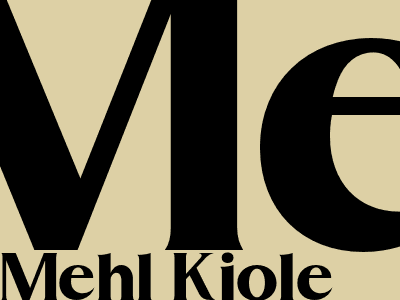Mehl Kjole: A Comprehensive Introduction to the Beloved Norwegian Dress
Background and History
Mehl Kjole is a traditional Norwegian dress that has been an integral part of Norwegian culture for centuries. Originating in the Hallingdal Valley, it is a symbol of national pride and identity, often worn for special occasions, such as weddings, baptisms, and confirmations.
Distinctive Features
Mehl Kjole is renowned for its unique and intricate embroidery, which is meticulously stitched by hand using wool thread. The embroidery patterns, known as "broderier," vary depending on the region and family, and often depict scenes from nature, such as animals, flowers, and landscapes.
Construction and Materials
A typical Mehl Kjole consists of a bodice, skirt, apron, and headpiece. The bodice is usually made of a sturdy fabric, such as wool or linen, and features a V-neckline adorned with embroidery. The skirt is full and gathered at the waist, with pleats that add volume and movement.
Variations and Regional Differences
There are numerous variations of Mehl Kjole across Norway, each with its own distinctive characteristics. The most notable differences lie in the embroidery patterns, colors, and fabrics used. For example, the "Hallingdal Bunad" from Hallingdal Valley is known for its blue and red embroidery, while the "Hardanger Bunad" from the Hardangerfjord region features black embroidery on a white background.
In addition to regional variations, Mehl Kjole can also be customized to reflect the wearer's personality and style. Embroiderers often incorporate personal touches, such as initials, family crests, or meaningful symbols, making each dress a unique and cherished piece.
Cultural Significance and Preservation
Mehl Kjole holds immense cultural significance in Norway and is widely recognized as a symbol of national identity. It is often worn during traditional festivals and celebrations, where it serves as a testament to the country's rich heritage and cultural traditions.
To preserve and promote the art of Mehl Kjole, several organizations and initiatives have been established, including the Norwegian Folk Costume Association and the Norwegian Bunad Association. These organizations work to document and preserve traditional embroidery patterns, techniques, and materials, ensuring that the legacy of Mehl Kjole continues for generations to come.

Komentar